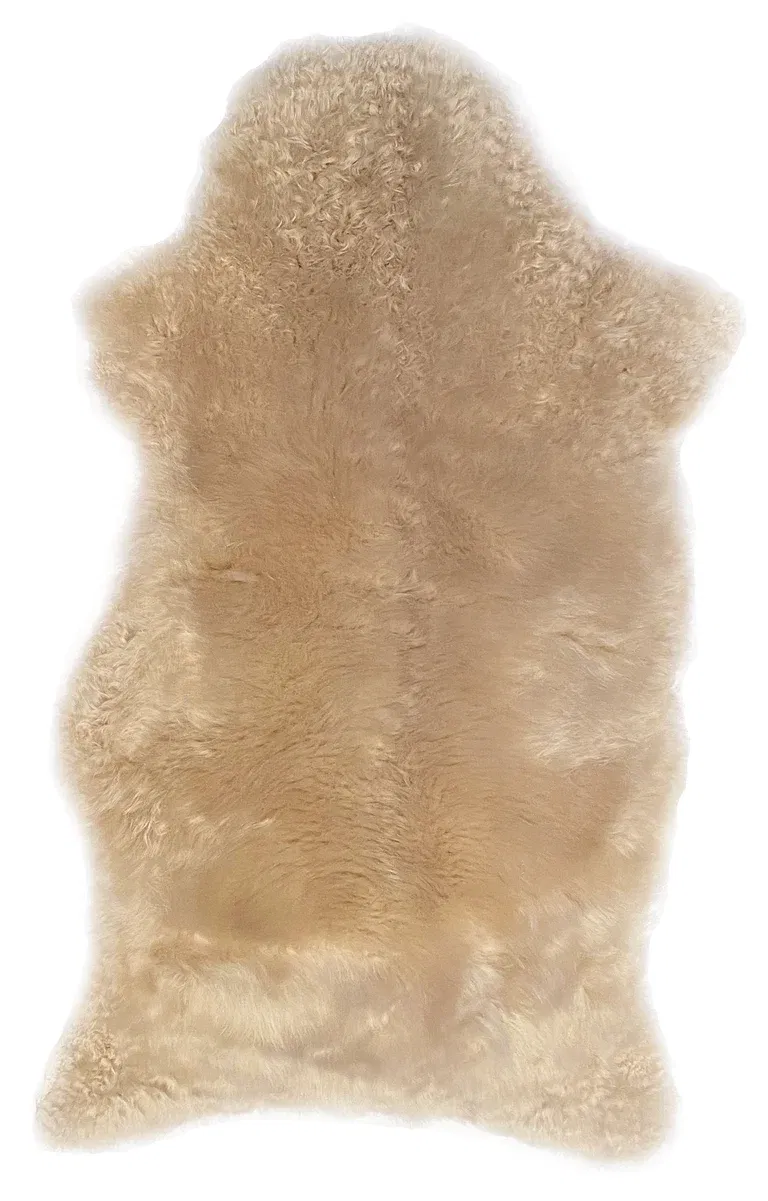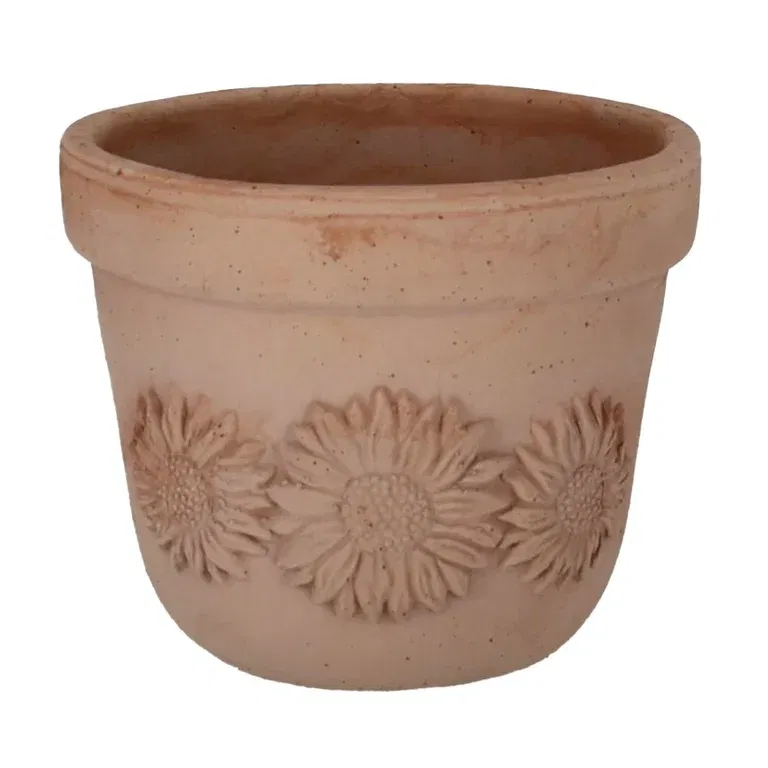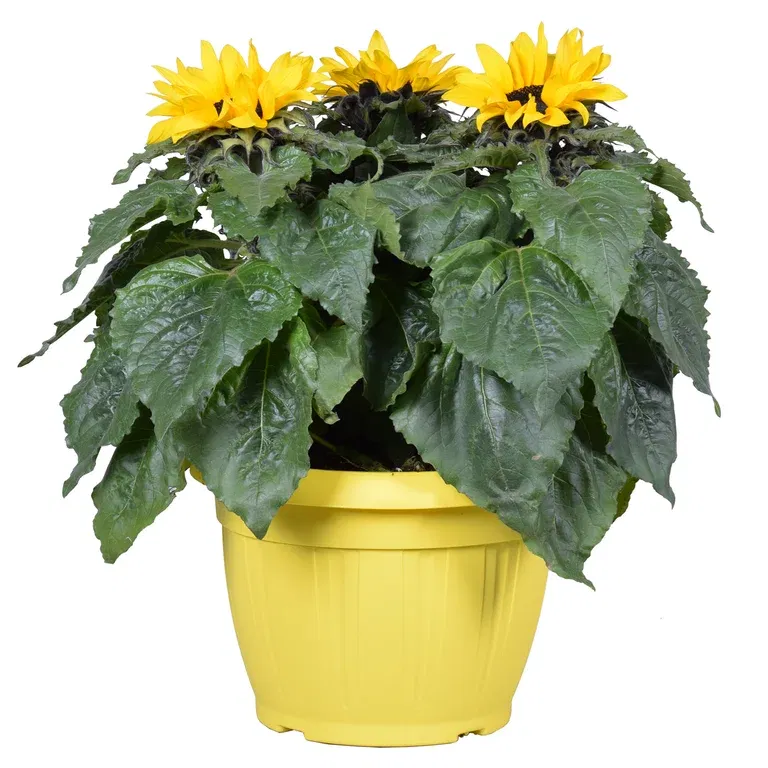Garden visit: Pot obsession in Anniken’s late summer garden in Holmestrand
The Mediterranean garden is bursting right now. A sea of sunflowers around the greenhouse smiles along with the autumn sun. Inside, sun-ripened tomatoes are waiting to be picked. The lemons are turning yellow, and the sun-loving basil is still producing fragrant leaves.

Briefly about the garden
Garden owner: Anniken Lühr Hovstad, @lavendelhagen on Instagram, her husband Ken, and their children Magnus and Benjamin
Garden: A combination of ornamental and kitchen garden of about 1.6 acres, with many different zones in Mediterranean style
Hardiness zone: H3 in Holmestrand

In Anniken’s late summer garden, it’s the sunflowers’ turn to steal the show. The plant is one of the garden’s many tributes to the Mediterranean.
Anniken sees autumn as an extension of the gardening season. She wants to stay outdoors as long as she can.
–I’m probably a bit too optimistic and think it’s never too late to plant, sow, or start a new project in the garden. Some things might just manage to bloom before the frost arrives, and then it’s so worth it!

Late summer and autumn are the perfect time to light the fire pit, lay out sheepskins, roast marshmallows, and drink hot cocoa.

The French-inspired cobblestone square in front of the greenhouse is teeming with flowers. The sunflowers smile at the autumn sun.
French-inspired
The pots on the cobblestone semicircle in front of the greenhouse are overflowing with plants. Anniken drew inspiration from the small, lush squares she visited in France. Pots and milk cans in various materials and sizes are mixed together, creating a delightful floral feast in pink, yellow, and purple.
“I can never get enough pots, and I always want bigger and bigger ones each season,” Anniken laughs. “Terracotta pots are a classic favorite and come in countless shapes and styles. I also love glazed versions in shades of green and mint that evoke the Mediterranean,” she says.

Terracotta pots in various sizes, combined with sun-ripened herbs, sunflowers, and perennials in warm colors, define the Mediterranean style at the end of the gardening season.
Anniken enjoys mixing and playing with different looks throughout the season and loves creating groups of pots with varying heights, colors, and shapes. Her trolley is a trusty friend, helping her move them around on her own.
“Growing plants vertically helps keep snails away, especially from dahlias, which are one of their favorites. I’m an aesthete and enjoy creating green, flowering areas even where nothing naturally grows, like on stone surfaces, steps, and terraces—often around areas we walk through or near seating spots. It really adds to the atmosphere and the overall look. A single beautiful pot with some size can be a jewel on its own,” she says.
The advantage of large pots is that they hold a lot of soil and require less watering. They suit exciting mixed plantings, and the plants often double in size over the season since their roots have plenty of room to grow.

Nothing suits sunflowers better than old milk cans. There’s something nostalgic, comforting, and charming about both.
Mediterannean vibes
“There are so many beautiful perennials, annual summer flowers, and herbs that can be planted in pots, giving lots of blooms and lovely foliage right up until the first frost,” she says.
Right now, it’s the sunflowers’ turn to shine. They are scattered around the outdoor space at different heights, in beds, pots, and old milk cans – spreading color, warmth, and joy.
“Few things are more beautiful than these cheerful, lemon-yellow flowers framed by terracotta pots. It doesn’t get better – one of the garden’s many tributes to Southern Europe,” says Anniken.
Different types of coneflowers, lavender, steppe sage, giant verbena, chrysanthemums, and herbs also brighten up her French-style courtyard. The lemon tree thrives in the greenhouse, where it spends the whole summer. Right now, it’s green and producing new lemons. In a few months, they will be bright yellow, juicy, and ready to eat. By then, they’ll often have moved into the family’s living room to overwinter when the cold begins to creep in.

The lemon tree thrives outdoors in the greenhouse right up until the frost arrives. A new batch of lemons is on the way. Soon, they will be bright yellow, juicy, and ready to eat.
Locally grown food
The outdoor kitchen is used enthusiastically as long as possible throughout the autumn. Nearby, there are many pots of herbs, giving ingredients a short journey from garden to table. One of Anniken’s favorite dishes is tomato salad with herbs and olive oil.
– The sweet flavor of the tomatoes and the basil from our greenhouse can’t be compared to what comes from the store. When I have the salad on a toasted slice of sourdough bread, I close my eyes and take a bite, and I might as well be at a restaurant in Italy or Spain. The taste is absolutely amazing!

The outdoor kitchen is surrounded by herbs, and Anniken has just been picking tomatoes in the greenhouse. Everything is perfectly set up here for making zero-mile food.

Aaah – the scent of sun-ripened tomatoes! Every year, Anniken sows the beefsteak tomato ‘Brandywine Yellow’. Her clear favorite.
Cozy autumn vibes
The greenhouse extends the garden season both at the beginning and the end, and Anniken visits almost every single day.
– The tomato plants smell heavenly right now. I work as a garden designer and enjoy sitting in the greenhouse, sketching for the garden projects I do for others. I get so much inspiration here, she says.
Late summer and autumn are also the times when she harvests seeds from fading flowers. These are collected in cute little paper bags labeled with the variety name. The trees often get a little trim now, and perennials that have grown too large are divided and moved. Perennials that will overwinter in their pots are covered with a layer of leaves for insulation and placed under shelter to prevent rotting.
– To make the most of the season, I think it’s important to have plants that turn warm autumn colors. It creates such a magical atmosphere. And of course, it’s a luxury to be able to harvest fruit from your own garden. I always let some of the sunflowers stand and wither. It gives lots of food to the little birds, and it’s incredibly cozy to watch them flutter around and eat the seeds, she says. Who knows, maybe there will also be a trip to the Mediterranean early next spring to feel some warmth and gather inspiration for new dishes for the outdoor kitchen and ideas for the garden – la dolce vita.
A taste of the Mediterranean
Anniken’s delicious tomato salad recipe:
- Chop a couple of large tomatoes (Anniken swears by her homegrown beefsteak tomato ‘Brandywine Yellow’)
- Drizzle over a generous amount of olive oil
- Squeeze juice from a couple of lemon wedges
- Sprinkle a pinch of sea salt and, if you like, a little pepper
- Pick a good handful of basil (Anniken uses ornamental basil ‘Magic Mountain’)
Mix everything well and let it sit for a little while to let the flavors meld. Toast a slice of sourdough bread and top it with the salad. Taste, close your eyes, and enjoy.

Anniken’s salad with homegrown tomatoes and basil tastes heavenly.
– When I close my eyes and take a bite, I might as well be at a restaurant in Italy or Spain!

Solar-powered lanterns add extra coziness as dusk falls in the autumn garden. They are decorative even in daylight.
5 exotic alternatives
These plants create a Mediterranean feel in the autumn garden and thrive in Nordic climate:
- Lavender can be replaced with steppe sage. Lavender likes sandy soil, while steppe sage thrives in more nutrient-rich soil. Therefore, it is a good alternative if you don’t have much sand in your garden soil. Both perennials have a similar blue-purple color and are suitable as edging plants, low hedges, or clumps. Steppe sage can bloom all the way from June to September.
- Sunflowers can be replaced with summer coneflower Sunbeckia. Sunflowers are beautiful in late summer and autumn, but often have only one flower per stem and thus a short flowering period. This summer coneflower has similar flower heads and colors, and blooms abundantly until frost comes.
- Basil can be replaced with oregano. They both give Mediterranean flavor to food. Oregano tolerates the Nordic winter and can stay outside in beds and pots (preferably with a layer of leaves), while basil cannot tolerate frost and must be overwintered indoors.
- Large-leaved plants such as colocasia, also called taro or elephant ear, can be replaced with hosta or forget-me-not sister. Several hosta types like T Rex, Sum and Substance, Empress Wu, and Big Daddy have extra-large leaves. The same applies to forget-me-not sister varieties like Sea Heart and Jack Frost. These tolerate the Norwegian winter well. Large-leaved plants like Taro tolerate down to 10 degrees, so must be moved indoors and require more work.
- Palms and other exotic trees that must overwinter indoors can be replaced with staghorn sumac. This is a decorative tree with an exotic crown and decorative red fruits that hang through the winter. The tree is especially beautiful in autumn when the leaves are flames of red, orange, and yellow.

The apples are now ready to be picked.
–I love the autumn colors the fruit trees take on at the end of the season.
Planting tips for a Mediterranean style
Do you like Anniken’s style? Here are some plant suggestions you can use in your garden to create a Mediterranean style:

Tall sunflowers surround the beautiful greenhouse. Together with the stone wall, they make your thoughts wander toward Southern Europe.
Follow the Mediterranean garden through the seasons:

- aka @hagebonanza, garden-crazy writer and content producer who has visited over 100 of Norway's most beautiful outdoor spaces to spread gardening joy and inspiration.

- aka @rekkehusbonden, copywriter, content producer and gardening enthusiast who is passionate about the joy of growing, with a love for everything edible.
More from our world of gardens:
You are here:




















